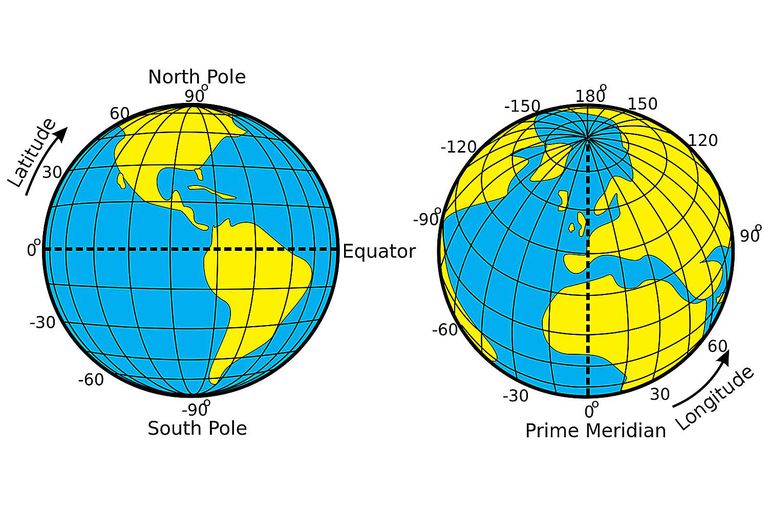

The Geographical Review also includes special features, forum articles, and special review articles commissioned by the editor. All parallel circles from the equator up to the poles are called parallels of latitudes. Authors are encouraged to write articles that they themselves would enjoy reading. Meridians of longitude are drawn from the North Pole to the South Pole and are at right angles to the Equator. The writing in the Geographical Review has always been of a high quality, interesting and accessible to both specialists and nonspecialists. We encourage empirical studies that are grounded in theory, innovative syntheses that offer a deeper understanding of a phenomenon, and research that leads to potential policy prescriptions. Specifically, submissions in the areas of human geography, physical geography, nature/society, and GIScience are welcome, especially inasmuch as they can speak to a broad spectrum of readers. The Geographical Review welcomes authoritative, original, ably illustrated, and well-written manuscripts on any topic of geographical importance. Meridians become closer to each other towards the pole. The scale is true along the standard parallel but exaggerated away from the standard parallel. distances along the meridians are accurate. The scale along all meridians is true, i.e. Meridians of Longitude: The imaginary lines which run from one Pole to another are called the meridians of longitude.As the oldest journal in the United States devoted exclusively to geography and the leading journal of geography for the past 150 years, the Geographical Review contains original and authoritative articles on all aspects of geography. The meridians intersect the parallels at right angles. What are parallels of latitude and meridians of longitude short answer?Īnswer: Parallels of Latitude: The imaginary lines which run parallel to the equator are called the parallels of latitude. All meridians intersect at two places, the North Pole and the South Pole. Meridians are another name for lines of longitude. The reference meridian is the meridian 0 ° or Greenwich. MERIDIANS Meridians are imaginary vertical lines that go from the North Pole to the South Pole.

For latitude parallel, equator to poles is 90 degree on either. The paralles allows us to determine the latitude, that is the position of a place north or south of the Ecuator parallel. Parallels are another name for lines of latitude. Parallel is an alternate term for a line of latitude on a map, while meridian is an alternate term for a line of longitude. At a interval of 10 degree, 36 meridian can be drawned. In this parallels and meridians worksheet, students read about parallels and meridians and answer questions about lines of latitude and longitude. This is the key difference between parallels and meridians.įurthermore, what is the difference between parallel and latitude? As nouns the difference between latitude and parallel is that latitude is (geography|astronomy) the angular distance north or south from a planet's equator, measured along the meridian of that particular point while parallel is one of a set of parallel lines. This Parallels and Meridians Worksheet is suitable for 4th - 5th Grade. Parallels run from east to west and never intersect with each other whereas meridians run from north to south and intersect at the north and south poles.

In this way, what is the main difference between parallels and meridians? Lines of latitude are located parallel to the Equator and never intersect, which is why they are also called parallels. They are used to determine latitude, which is the angular distance between the equator and any point on the planet. Lines of true scale are called standard parallels for conic projections, and central meridians for cylindrical projections. At each standard parallel, the projection shows no distortion. Parallels are imaginary circular lines perpendicular to the Earth’s axis, and their reference is the zero parallel, or equator. However, to reduce distortion, a secant projection may be used, which contains two standard parallels. What Is the Difference Between Parallels and Meridians? Parallel is an alternate term for a line of latitude on a map, while meridian is an alternate term for a line of longitude. Difference between Parallels and Meridians.


 0 kommentar(er)
0 kommentar(er)
